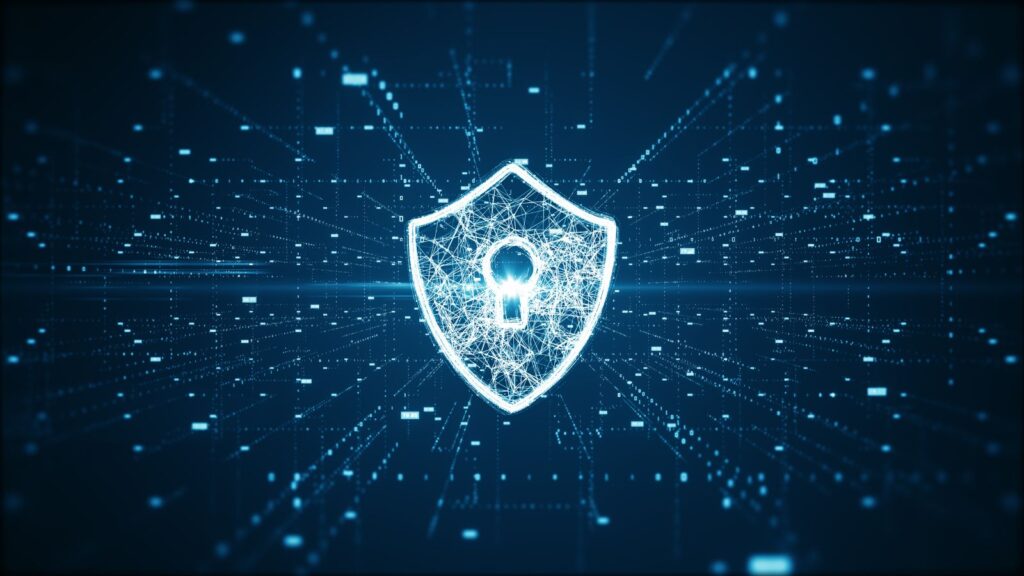Key Takeaways:
- Australian businesses can strengthen digital protection without heavy spending.
- Awareness, consistency, and regular updates form the foundation of security.
- Smart use of professional support adds reliability without major cost.
- A culture of vigilance helps businesses adapt to changing cyber threats.
Cybersecurity used to feel like something only large corporations had to worry about. Now, every business connected to the internet faces risks that can quickly spiral into financial and reputational damage. In Australia, small and medium enterprises often sit right in the crosshairs of online attackers because they typically operate with limited security budgets and stretched IT support. You’ve probably seen the headlines—data breaches, ransomware, phishing scams—and it’s easy to think that strong protection is out of reach if you’re watching every dollar. However, staying secure doesn’t have to mean spending a lot. With a clear understanding of where the real risks lie and what measures truly make a difference, you can protect your systems, staff, and customers without draining your resources.
Why Cybersecurity Should Be a Business Priority
Cybersecurity is no longer a side issue—it’s central to running a modern Australian business. Every piece of data you hold, from customer records to supplier contracts, represents both an asset and a potential vulnerability. A single breach can disrupt operations for weeks, cost thousands in recovery expenses, and permanently erode client trust. For smaller organisations, the impact can be severe enough to halt trading altogether.
While cyberattacks have become more complex, many of the most damaging incidents stem from basic oversights. Weak passwords, unpatched systems, and untrained staff often provide attackers with an easy entry point. When you consider how dependent most companies are on digital tools—from cloud storage to point-of-sale systems—the importance of protection becomes clear. Investing time and attention into cybersecurity isn’t about paranoia; it’s about business continuity. A secure business operates with confidence, knowing it can handle unexpected threats and comply with growing data protection obligations under Australian law.
Another reason to prioritise security is reputation. Consumers are becoming more privacy-conscious, and they expect businesses to handle their data responsibly. Demonstrating a commitment to cybersecurity can strengthen client relationships and set your brand apart in competitive markets. Even small steps, when taken consistently, build trust and resilience over time.
Understanding Where Your Risks Lie
Before investing in new tools or services, it’s essential to understand where your vulnerabilities exist. Every business has its own mix of digital assets, software systems, and human factors that shape its risk profile. For some, the biggest exposure might be outdated systems that no longer receive security updates. For others, it might be remote work setups that rely on unsecured networks or inconsistent device management.
A good first step is to assess how your business stores, shares, and protects data. Review who has access to what, how passwords are managed, and whether employees are aware of how to recognise suspicious activity. These small habits often determine how well you can prevent or contain an attack. Regular risk assessments—whether conducted internally or through a professional review—can help identify gaps before they become serious problems.
Cybersecurity risks aren’t static. They evolve in tandem with technology and the way businesses operate. Cloud adoption, mobile workforces, and integrated software tools all bring new advantages, but each adds another layer of complexity to manage. The most effective approach is to stay curious about where your defences might be thin, rather than assuming everything is covered. That awareness forms the foundation for more thoughtful, more efficient decisions about how to strengthen your digital protection without unnecessary spending.
Affordable Measures That Deliver Strong Protection
Strong cybersecurity doesn’t always depend on expensive software or enterprise-grade systems. Many of the most effective defences are built around consistency, awareness, and good digital hygiene. Start with the fundamentals: keep every device and application up to date. Software updates often contain patches for security flaws that attackers actively look to exploit. By staying current, you close off many of the easiest entry points.
Password management is another area where small improvements have a huge impact. Encourage staff to use longer, more complex passwords and to refrain from reusing them across multiple accounts. Introducing multi-factor authentication adds a second layer of protection, making it far harder for unauthorised users to gain access, even if a password is compromised.
Employee training may be the best-value investment of all. Phishing scams remain one of the most common causes of breaches, and a single careless click can expose an entire network. Short, regular training sessions keep awareness high and help staff recognise suspicious emails or requests before they cause damage.
There are also affordable technical safeguards available. Firewalls, antivirus software, and encryption tools are often included in existing systems or available at modest subscription costs. Small businesses can also use cloud-based security platforms that scale according to usage, avoiding the need for costly hardware. The key is to combine these measures in a way that matches the scale and nature of your operations.
Even with limited resources, you can establish a strong baseline by focusing on prevention rather than reaction. When every team member understands their role in protecting the business, the overall level of security increases without incurring any major expenses.

When It’s Time to Seek Expert Help
While basic defences go a long way, certain areas of cybersecurity demand specialised expertise. Threats are becoming more sophisticated, and managing them effectively requires up-to-date knowledge and constant vigilance. That’s where a licensed cybersecurity software service can make a difference. Engaging a licensed provider gives your business access to professional-grade monitoring, threat detection, and compliance tools without the cost of building an in-house security team.
These services often include 24-hour system oversight, ensuring that any unusual activity is identified and addressed promptly. They also handle regular updates, vulnerability scans, and data protection compliance, which can save significant time for smaller businesses that lack technical staff. Licensed providers are required to meet specific standards, giving you confidence that the protection offered aligns with Australian privacy laws and industry expectations.
Choosing professional support doesn’t mean surrendering control. It simply ensures that critical elements of your cybersecurity are managed by those with the right tools and training. This partnership enables you to focus on running your business while knowing that your digital environment is being maintained with care and precision.
For many Australian businesses, the most innovative strategy lies in blending internal awareness with external expertise. By establishing a foundation of solid everyday practices and supplementing it with professional oversight, you can create a sustainable model for digital safety that meets both your needs and your budget.
Balancing Cost and Quality in Cyber Defence
Finding the right balance between cost and quality is one of the biggest challenges in cybersecurity planning. Many Australian businesses assume that only high-end solutions can provide absolute protection, yet that’s rarely the case. The most effective strategies often come from understanding your actual risks and matching them with tools that offer solid coverage rather than unnecessary extras.
It is helpful to evaluate cybersecurity options based on how they align with your business operations. For a growing company, scalability is crucial—security solutions should be flexible enough to expand as data volume and staff numbers increase. Subscription-based models often work well for this reason, as they spread costs evenly and include automatic updates, ensuring consistent protection over time.
Quality shouldn’t be measured solely by price. Transparency, local support, and compliance with Australian standards are just as important. Providers who clearly explain what their services include and how they respond to threats tend to deliver better long-term value. Comparing several options and asking specific questions about coverage and response times can prevent overspending while ensuring dependable security.
Building a Culture of Security Awareness
Technology is only half the solution. The people behind it play an equal role in keeping information safe. Building a culture of cybersecurity awareness means embedding good habits into everyday workflows, so that security becomes an integral part of how business is conducted, not an afterthought.
Leaders set the tone by showing that data protection is a shared responsibility. When managers and team leaders prioritise safe practices—like verifying requests for sensitive information or reporting suspicious activity—staff are more likely to follow suit. Regular internal discussions about security incidents or near misses can also reinforce awareness without creating fear.
Practical measures make a difference here, too. Setting up easy ways for employees to report potential issues encourages openness rather than blame. Rewarding proactive behaviour builds confidence and engagement. Over time, this approach reduces risk across the board because security stops being just an IT issue and becomes part of the company culture.
Looking Ahead: Staying Prepared in a Changing Landscape
Cyber threats never stand still, and neither should your defences. Attackers are constantly adapting their methods, which means yesterday’s protections might not be enough tomorrow. The key is to treat cybersecurity as an ongoing process, rather than a one-time setup. Regular reviews, staff refreshers, and system updates keep your defences aligned with emerging risks.
Technology will continue to evolve, and so will the opportunities it presents for criminals. Businesses that stay informed, seek expert guidance when needed, and invest wisely in prevention are the ones most likely to remain resilient. You don’t need the biggest budget to stay secure—you just need to stay alert, adaptable, and committed to protecting what matters most.

